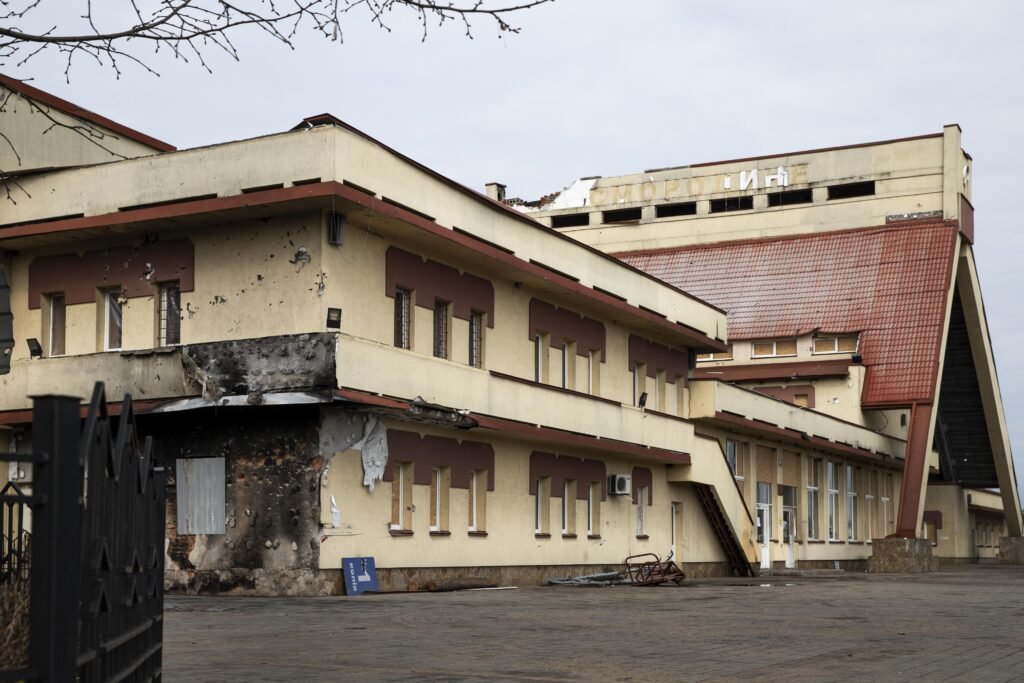Sydney’s unique climate, with both scorching summers and chilly winters, makes it essential to insulate an old house. Many old houses in Sydney are charming but lack modern insulation, which can lead to high energy costs and fluctuating indoor temperatures. If you’re a homeowner of a classic Sydney residence, here’s an in-depth guide to insulating an old house effectively while retaining its character. This article covers five key methods to help you achieve a comfortable and energy-efficient home year-round.
1. Attic and Roof Insulation: Protecting Against Heat and Cold
Attics and roofs play a crucial role in heat retention during winter and in blocking heat during the warmer months. Since warm air rises, much of it escapes through the roof, which makes attic insulation one of the most impactful investments for your old home.
In Sydney’s climate, the best types of insulation for attics are blown-in cellulose or fiberglass batts, as they create a dense layer that effectively reduces thermal transfer. Blown-in cellulose, in particular, is made from recycled paper treated with fire retardants, making it environmentally friendly and safe. Additionally, adding a radiant barrier (usually made from aluminum foil) on your attic floor or under your roof can reflect heat away during the hotter months. This can help maintain a cooler indoor temperature, especially during Sydney’s intense summer.
For homes with sloped roofs, consider insulating between the rafters with rigid foam boards or spray foam insulation, which works well in tight spaces. This is a great way to maximize thermal resistance while avoiding large-scale renovations, especially useful for older, narrow attics. The attic’s insulation thickness should be regularly checked to ensure it remains at optimal levels, especially if it’s been a while since the insulation was installed.
2. Wall Insulation: Closing the Gaps in Heritage Homes
Older homes in Sydney often have uninsulated or poorly insulated walls, which can result in significant heat loss or gain. Fortunately, there are methods to insulate your walls without compromising the aesthetics of your home.
For wall insulation, blown-in cellulose or spray foam insulation are popular choices. This process involves drilling small holes and filling the cavity walls with insulation material, creating a sealed thermal barrier. This can be done from inside or outside your home, depending on your preferences and budget. While cellulose insulation is more affordable and eco-friendly, spray foam provides a higher R-value (thermal resistance), meaning it’s better at preventing heat transfer.
Sydney’s older, double-brick homes might lack any cavity to fill, so external insulation systems may be necessary. These systems involve adding rigid insulation panels to the outer walls, which are then covered with cladding or render to match the existing exterior. For those who want to preserve the heritage look of their homes, these methods are available in various finishes to blend with traditional architecture. Hiring professional insulation contractors in Sydney can ensure that the insulation is installed correctly, providing a substantial boost to your home’s thermal efficiency and helping to avoid any issues related to improper insulation.
3. Floor and Crawl Space Insulation: Minimizing Ground-Level Drafts
Uninsulated floors and crawl spaces can contribute to uncomfortable cold drafts in winter and trap heat during summer. Insulating floors over unheated areas, such as crawl spaces, can make a big difference in energy efficiency.
Rigid foam insulation or spray foam insulation are ideal for crawl spaces due to their resistance to moisture, mold, and pests. If your Sydney home has a raised floor, you can attach rigid foam boards under the floorboards, which will act as a barrier against drafts from below.
In addition to insulating crawl spaces, consider adding rugs or carpets on wooden floors. Rugs not only add style but also contribute to reducing heat loss from floors in winter, enhancing the overall insulation.
4. Window and Door Sealing: Simple Steps for Big Savings
Windows and doors are often the primary culprits for energy loss, especially in older homes with single-pane glass or aging frames. Weatherstripping and caulking are cost-effective ways to block drafts and improve insulation without replacing your original windows or doors.
Installing weatherstripping around doors and windows forms a tight seal that prevents outdoor air from entering your home. Sydney residents may also benefit from adding storm windows during winter or low-emissivity (Low-E) film in summer, which can block UV rays and reduce heat gain. Low-E films are an affordable way to keep the old windows while modernizing their energy performance.
For those willing to invest further, replacing single-pane windows with double- or triple-pane options improves insulation, keeping your home cooler in summer and warmer in winter. However, if your goal is to preserve the aesthetic of an old Sydney home, retrofitting existing windows with secondary glazing is a great option. This process involves adding a secondary pane to the existing frame, effectively doubling the window’s insulation capabilities.
Also Read: Benefits of Improving Home Performance
5. Duct and Pipe Insulation: Boosting Efficiency Throughout Your Home
If your heating or cooling system runs through ducts, insulating these ducts can improve energy efficiency significantly. Uninsulated or poorly insulated ducts in unconditioned areas, such as basements or crawl spaces, can cause significant energy losses. Adding duct insulation can prevent heat loss as air travels through your home.
In addition to ducts, insulating hot water pipes can improve efficiency by reducing heat loss, allowing your water heater to work less. Sydney homeowners can wrap pipes with foam or fiberglass pipe insulation, available at most hardware stores, to cut down on wasted energy.
Conclusion
Insulating an old house in Sydney doesn’t have to compromise its historic appeal. You can enjoy modern comfort in your charming heritage home with options like attic and wall insulation, floor and crawl space sealing, and duct and pipe insulation. These insulation methods are also eligible for various rebates and incentives in Australia, making it easier to make these eco-friendly upgrades. Start with these essential steps to ensure your old Sydney home is as comfortable and efficient as possible, no matter the season.



More Stories
PVD-Coated vs. Traditional Furniture: Who win?
PCD Pharma Franchise Company in Baddi: Oasis Bio Bloom
Brass Hose Fittings: Perfect for Any Industry